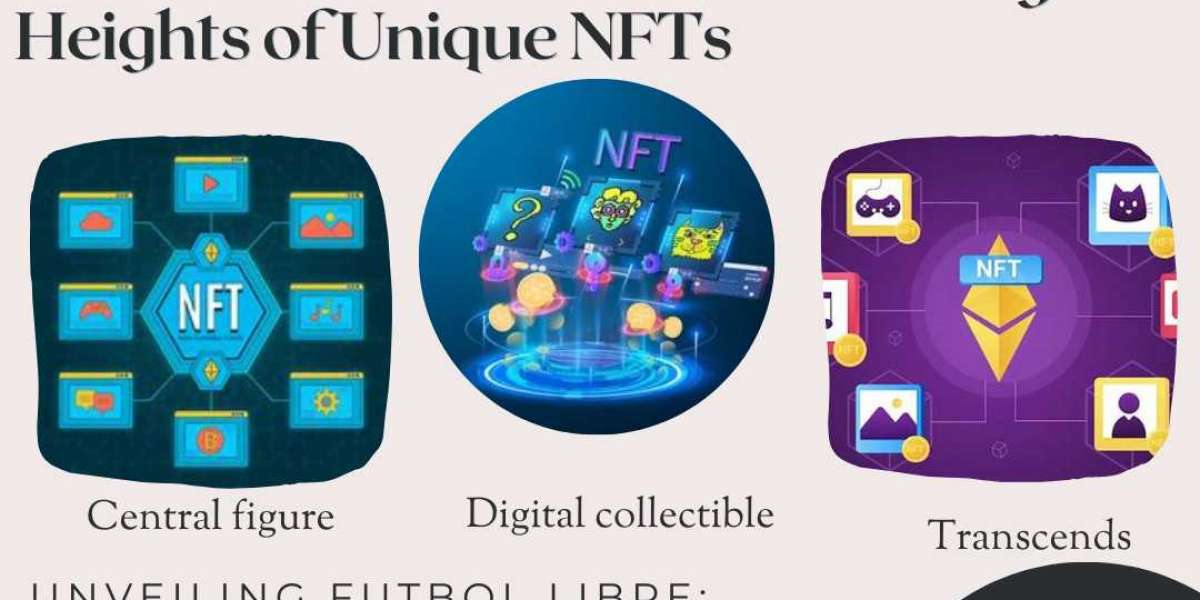Water management is a critical issue in today's world, where water scarcity and quality are major concerns. The integration of IoT (Internet of Things) in water management is transforming the way we monitor and manage water resources. This blog post explores how IoT device management is revolutionizing water management, making it more efficient, reliable, and sustainable.
1. Understanding IoT Device Management
What is IoT Device Management?
IoT device management involves the administration, monitoring, and maintenance of IoT devices deployed in a network. It includes tasks such as device provisioning, configuration, monitoring, diagnostics, and updates.
Key Components:
- Provisioning: Setting up devices for initial use.
- Configuration: Adjusting device settings to meet specific requirements.
- Monitoring: Continuously tracking device performance and health.
- Diagnostics: Identifying and troubleshooting device issues.
- Updates: Ensuring devices run the latest firmware and software.
2. The Role of IoT in Water Management
Smart Water Meters:
Smart water meters provide real-time data on water usage, helping to detect leaks, monitor consumption patterns, and ensure accurate billing.
Water Quality Monitoring:
IoT sensors can monitor various water quality parameters such as pH, temperature, turbidity, and contaminants, ensuring safe and clean water.
Tank Level Monitoring:
IoT devices can measure and report water levels in tanks and reservoirs, preventing overflows and ensuring efficient water distribution.
3. Benefits of IoT Device Management in Water Management
Enhanced Efficiency:
IoT device management enables automated and remote monitoring, reducing the need for manual interventions and improving operational efficiency.
Real-Time Data:
Real-time data collection and analysis help in making informed decisions, optimizing water usage, and addressing issues promptly.
Cost Savings:
By detecting leaks and inefficiencies early, IoT device management can lead to significant cost savings in water management operations.
Sustainability:
Efficient water management practices enabled by IoT contribute to the sustainable use of water resources, helping to address water scarcity.
4. Case Studies
Case Study 1: Smart Water Metering in Urban Areas
In a major city, the implementation of smart water meters reduced water wastage by 20%, resulting in substantial cost savings and improved water conservation efforts.
Case Study 2: Water Quality Monitoring in Industrial Settings
An industrial facility deployed IoT sensors to monitor water quality, ensuring compliance with regulatory standards and preventing environmental contamination.
5. Challenges and Solutions
Challenge: Device Security
Solution: Implement robust security protocols, such as encryption and secure boot, to protect devices from cyber threats.
Challenge: Data Management
Solution: Utilize cloud-based platforms for scalable and efficient data storage and analysis.
Challenge: Interoperability
Solution: Adopt standardized communication protocols to ensure seamless integration between different IoT devices and systems.
Conclusion
IoT device management is playing a pivotal role in transforming water management practices. By leveraging the power of IoT, we can achieve greater efficiency, cost savings, and sustainability in managing our precious water resources. As technology continues to advance, the potential for IoT in water management will only grow, promising a future where water management is smarter, more reliable, and more sustainable.











